Thus, the Ruby Valley Trek in Nepal is a well-balanced combination of culture immersion, beautiful scenery, and ethical travel. It beckons travelers to set out on an adventure where the valley’s ruby-red tones are woven into the very fabric of an incredible trekking experience deep within the Himalayas, not just in the valley’s name.
Trip Highlights
- Witness stunning views of the Ganesh Himal range, including peaks like Ganesh I, Ganesh II, and Paldor Peak
- Interact with the local Tamang and Gurung people and experience their traditional village lifestyle, culture, and warm hospitality
- Trek through traditional villages and experience authentic Nepalese rural life, with a chance to stay in homestays and teahouses
- Walk through a quiet and less-crowded route compared to other popular treks, allowing for a more serene and peaceful journey
- Explore ancient monasteries, chortens, gompas and shrines that showcase the rich cultural heritage of the Gurung and Tamang people
- Encounter challenging pass crossings, like Pangsang La and Sing La for panoramic mountain views of the region
Trip Itinerary
Kathmandu
Today is the first day of the Ruby Valley Trek. Our representative will pick you up at your hotel and bring you to our main office in Thamel. We will have a short trip briefing and will introduce you to your guide. After, your guide will check your equipment list and give you recommendations if you need more equipment. After the meeting, you can roam around the beautiful Thamel.
Your destination today is Syaprubesi, a town 8-9 hours away from Kathmandu. The route follows the Trishuli River all the way, with rural hilly and mountain villages along the way. After passing Dhunche Bazaar along bumpy roads, you will start to get glimpses of the beautiful mountain ranges of Langtang and Ganesh. So be ready to witness some truly remarkable views of the Himalayas, the ever so blue rivers and lush forests. Upon reaching Syaprubesi, we will check in at a hotel and stay overnight here.
Gatlang
Our destination for today is the Tamang village of Gatlang. After breakfast, our journey towards Ruby Valley begins with a winding path to the Bahun Dada Pass. After walking through this trail, we will reach Chawatar, where we will have lunch. After lunch, a short trek through the same trail, we will reach the Tamang village of Gatlang. This gorgeous village will give you a taste of the culture and lifestyle of the Tamang people in these mountainous parts of Nepal. We will stay at a lodge here. Marvel at the hospitality of the people here and indulge in delicious local cuisine – an experience that will definitely leave you with fond memories.
Somdang
We begin the hike from Gatlang to Parvati Kunda, a natural alpine freshwater lake. Named after the famous Hindu Goddess Parvati, the wife of Lord Shiva, this beautiful lake is also considered sacred by the local people.
As you trek further ahead, the habitat and lodges decrease. However, you might come across very few tourists. We continue the trail through lush pine and rhododendron forest to Yuri Kharka. After a delicious meal at Yuri Kharka, we hike towards the Somdang via Khurphu Bhanjyang. There is a shutdown mine, a few hours’ walk from Somdang. Though the mine has not functioned for years, you can still take a look around and explore its astonishing beauty. In the past, this mine used to produce zinc, copper, tin, and crystals (including rubies).
We will spend the night at Somdang Valley. The valley is so remote and silent you will literally find out what silence looks like.
We’ll take the exciting, picturesque hike to Parvati Kunda today. This stunning alpine lake holds a deep religious significance for Hindus – it’s named after Goddess Parvati and is considered sacred by the nearby locals.
As you advance along the path, the lodging and habitats reduce. We then move through the luscious pine and rhododendron jungles to Yuri Kharka. After relishing a delectable meal at Yuri Kharka, we hike up towards Somdang via Khurphu Bhanjyang.
Just a few hours away from Somdang lies an old, abandoned mine worth looking at. This former zinc, copper, tin, ruby, and crystal-producing site is full of fascinating beauty and charm.
An unforgettable night awaits you at Somdang Valley – where you can truly appreciate the wonders of silence.
Elevation: 3335 m
Trekking time: 6 to 7 hours
Overnight at Local Guesthouse
Meal: Standard (Breakfast + Lunch + Dinner)
After waking up at Somdang, we enjoy a delicious breakfast. On this day, you will be passing through the Pangsang La Pass, which is a demanding, yet exciting trek. While appreciating the stunning mountains and spectacular landscapes, we head to the southwest of Somdang Village to reach Pangsang Kharka. Pasang Kharka is a large meadow that lies in Pangsang Pass.
From Pasang Kharka, you can witness the panoramic views of Mount Manaslu and the Ganesh Himal Range. As one of the lesser-traveled trekking routes, there are relatively fewer homestays here. Then, we descend to Laptung village, passing through dense fir and rhododendron forests until we arrive at Tipling after a long trek.
After filling up on a hearty breakfast, we will move towards the Pangsang La Pass. Although it will be a demanding trek, the excitement will surely keep us motivated! This is one of the main day of Ruby Valley Trek.
Enjoy the majestic mountain views and amazing scenery while visiting Pangsang Kharka, located southwest of Somdang Village. This large meadow over Pangsang Pass offers breathtaking views of Mount Manaslu and the Ganesh Himal Range. This lesser-trodden route offers an authentic trekking experience with fewer homestays than other popular routes.
After the long journey, we reach Laptung village by trekking through lush fir and rhododendron forests before we eventually arrive in Tipling. We will take a break and stay at Tipling’s local lodge the night.
Chalise Gaon
The trek for today is short, one that only takes around 3 hours. After breakfast at Tipling, we will follow a path leading to the villages of Shertung and Chalise Gaon. We begin by descending through a jungle. After crossing a tributary, we reach the village of Chalise Gaon. A little above Chailse Gaon is Shertung. The villages are inhabited by Gurungs and Tamangs. The trek today will see us reaching Chalise Gaon in the afternoon, so you are free to explore both the villages for today.
Darkha
Today is the last day of the trek before we return back to Kathmandu. After a light breakfast in Chalise Gaon, we will begin our hike towards Borang village then descend towards the Lishne Khola from there. After Borang, we will head downwards to Percho and keep trekking until we reach a suspension bridge. The bridge offers magnificient views of ‘AnkhuKhola’ and ‘Chyamchyat’. After crossing the bridge, we will finally reach Darkha, a village home to the Brahmin and Tamang people.
Today marks the final day of our Ruby Valley trekking journey. After breakfast, we will hike towards the Darkha Phedi. The hike towards Darkha Phedi is short, taking about 45 minutes to an hour. Upon reaching there, we will take a three to four-hour drive in a private vehicle through Ankhu Khola, Katunje, Jyamrung, and Kimdangphedi villages to reach Dhading Besi.
After a refueling lunch in Dhading Besi, we will return back to Kathmandu on a bus. After arriving in Kathmandu, the Ruby Valley trek is over. But if you wish, we can go visit several attractions around Kathmandu. We suggest our Kathmandu Heritage Day tour, which truly appreciates the beauty of the heritage sites around Kathmandu.
Services
Services Included in the Package
- All Road transfer via public coach bus
- Accommodation during the trek
- Full Board meal package (Breakfast, Lunch and Dinner)
- Necessary Trekking permits
- A professional guide
- Insurance & equipment for the guide
- Company service charge
Services Excluded in the Package
- Accommodation & Meals in Kathmandu
- All types of drinks (Cola, beer, juice, coffee)
- Personal expenses
- Travel/Medical Insurance
- Emergency evacuation cost (if needed)
- A porter (We can manage a porter for 200 USD for 8 Days)
- Tips and Donations
More Info
Accommodation:
Accommodation in the Ruby Valley is primarily provided by rustic teahouses and homestays. These basic lodgings offer simple rooms and communal dining areas, allowing trekkers to experience the warmth of local hospitality. While accommodations are basic, they provide a comfortable and authentic environment in this remote and less-touristed region.
Meals and Drinks
The food in the Ruby Valley Trek is primarily Nepali and Tibetan influenced, offering a variety of dishes to satisfy hungry trekkers. You’ll find a mix of traditional Nepali and international options. Here’s an overview of the food commonly available along the trail:
Nepali Dishes:
- Dal Bhat: A classic Nepali meal featuring steamed rice, lentil soup (dal), vegetable curry, and sometimes meat or fish. It’s a hearty and nutritious option.
- Momos: Dumplings filled with vegetables or meat, served with dipping sauces.
- Gundruk: Fermented leafy greens, a traditional side dish.
- Dhido: A dense traditional Nepali food made from buckwheat or millet flour, often served with various accompaniments.
Tibetan-Inspired Dishes:
- Thukpa: A noodle soup with vegetables or meat, inspired by Tibetan cuisine.
- Tsampa: Roasted barley flour mixed with water, yogurt, or tea, often consumed as a quick and energy-rich snack.
International Options:
- Pasta: Various pasta dishes, often with a choice of sauces.
- Pizza: Simple pizzas with various toppings.
- Fried Rice and Noodles: Options like chow mein and fried rice with vegetables, egg, or meat.
- Omelettes: Made with a variety of fillings, such as cheese, vegetables, or ham.
- Sandwiches: With a choice of fillings like vegetables, cheese, or meat.
Beverages:
- Tea: Choices include black tea, ginger tea, lemon tea, and masala tea.
- Coffee: Instant coffee or freshly brewed coffee in some teahouses.
- Soft Drinks: Carbonated beverages like Coke, Fanta, and Sprite.
- Fresh Fruit Juices: Available when fruits are in season.
- Alcoholic Beverages: Local brews like raksi and chang, as well as a selection of beers and spirits.
- Weather and Season: The choice of trekking season plays a significant role in safety. The best times to trek in the Ruby Valley are during the spring (March to May) and autumn (September to November) when the weather is relatively stable. The monsoon season (June to August) can bring heavy rainfall and landslides, making the trail more challenging and potentially hazardous.
- Altitude and Acclimatization: As with any trek in the Himalayas, the Ruby Valley involves gaining altitude. Proper acclimatization is crucial to avoid altitude sickness. Plan your itinerary to include acclimatization days and ascend gradually.
- Trail Conditions: The trail can be rugged and challenging, with steep ascents and descents. Be prepared for varying trail conditions, including rocky paths and river crossings. Wearing appropriate trekking gear and footwear is essential for safety.
- Remote Nature: The Ruby Valley is less visited than some popular trekking routes, which means there are fewer facilities and services available. Carry essentials such as food, water, first aid, and a good map. It’s also advisable to hire a local guide who knows the area well.
- Health and Hygiene: Ensure that you have access to clean drinking water. Carry a water purification system or boil water before consumption. Practice good hygiene and maintain proper sanitation in the remote teahouses.
- Wildlife: While the trek doesn’t typically encounter dangerous wildlife, it’s essential to be aware of your surroundings and take precautions against common pests like leeches and mosquitoes.
- Local Customs: Respect local customs and traditions. Dress modestly, seek permission before taking photographs of people, and be aware of local etiquette and cultural norms.
- Permits: Ensure you have the necessary permits for trekking in the Ruby Valley. These permits help authorities keep track of trekkers for safety and rescue purposes.
- Communication: Internet and phone connectivity may be limited in remote areas. Carry a means of communication such as a satellite phone or a local SIM card for emergency purposes.
- Emergency Preparedness: Familiarize yourself with emergency evacuation procedures and have a plan in place in case of unforeseen circumstances.
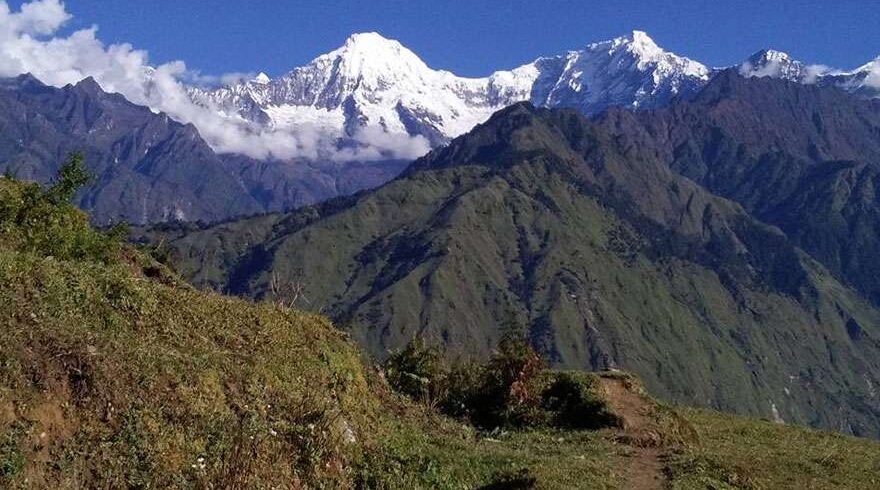

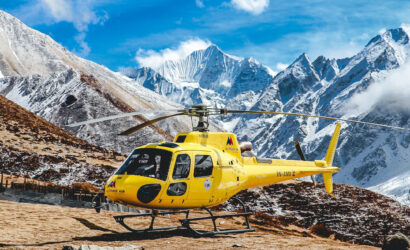
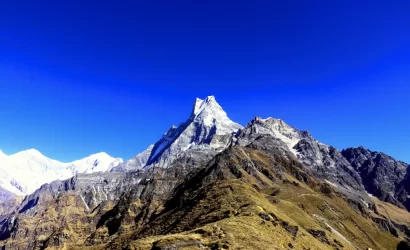
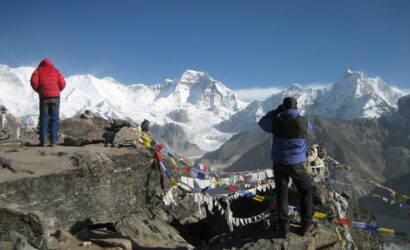
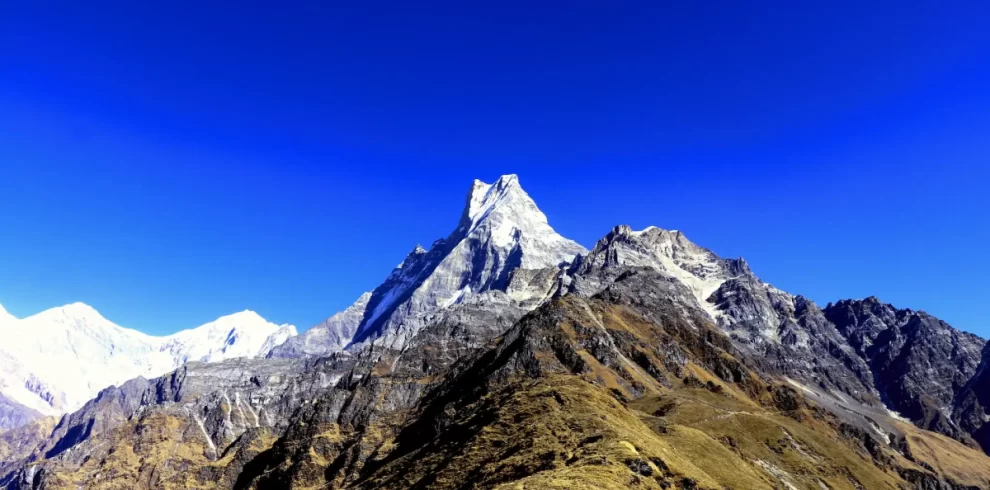
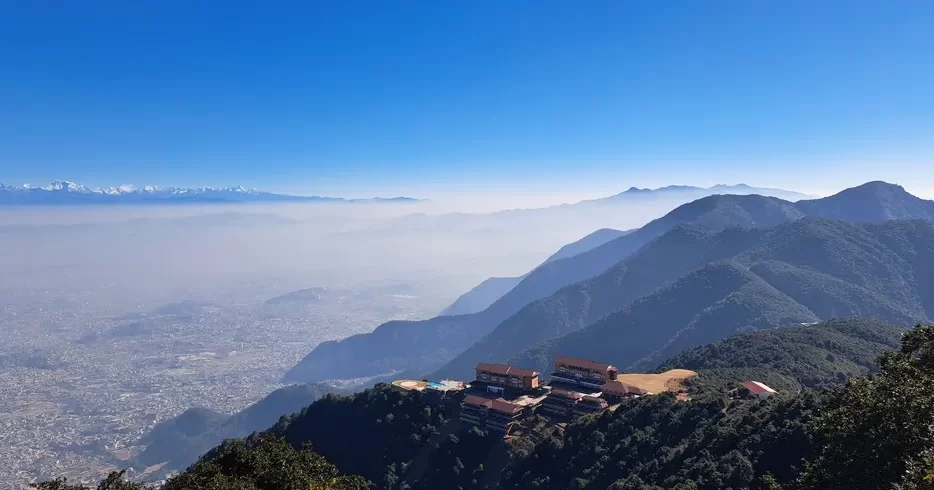
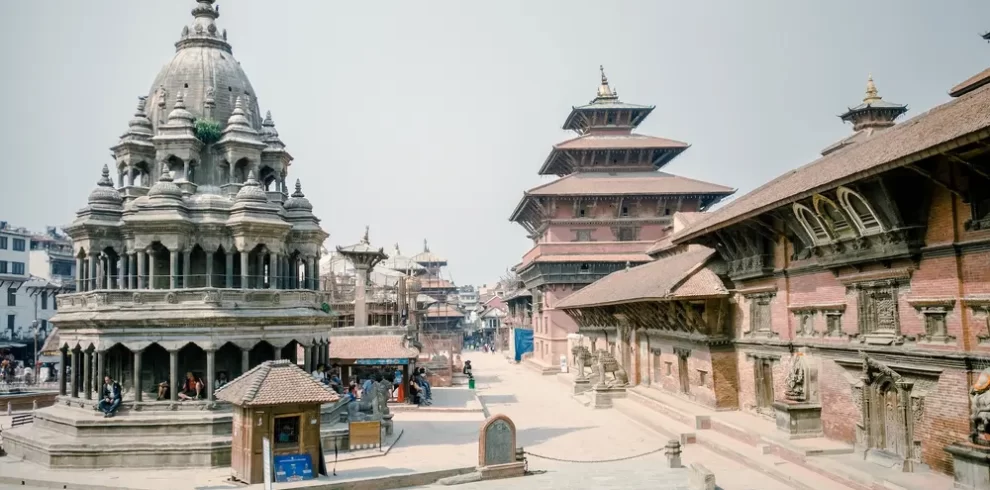
Write a Review